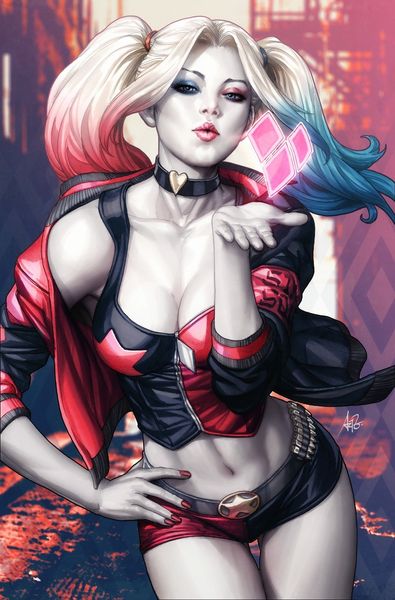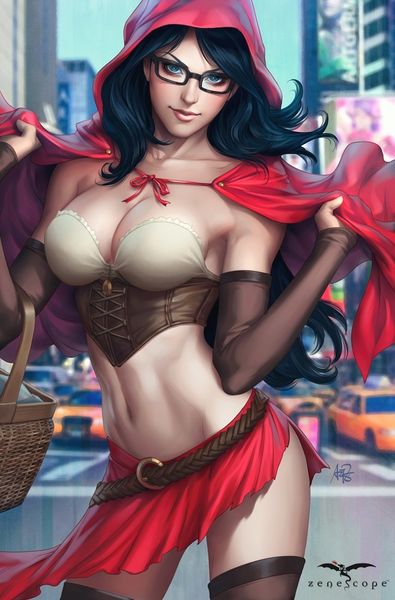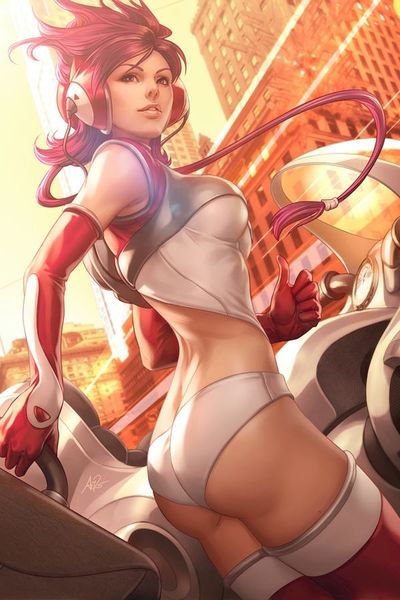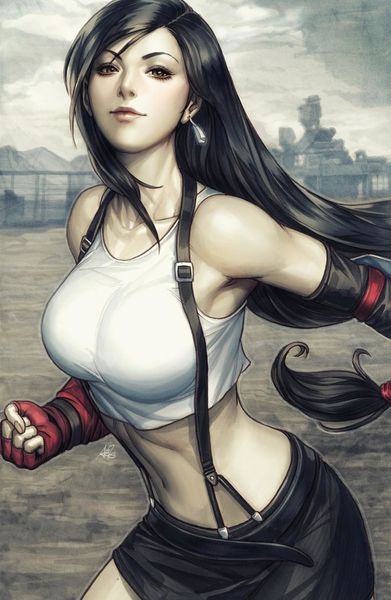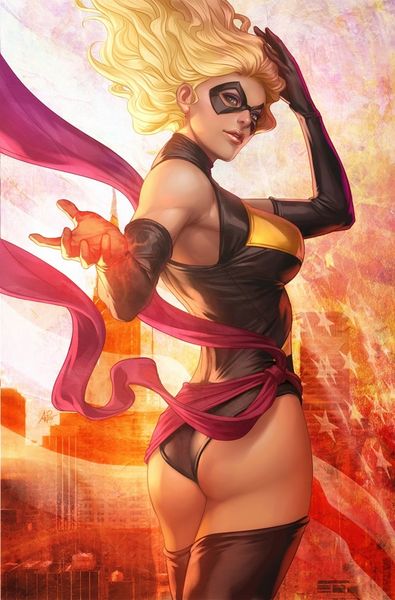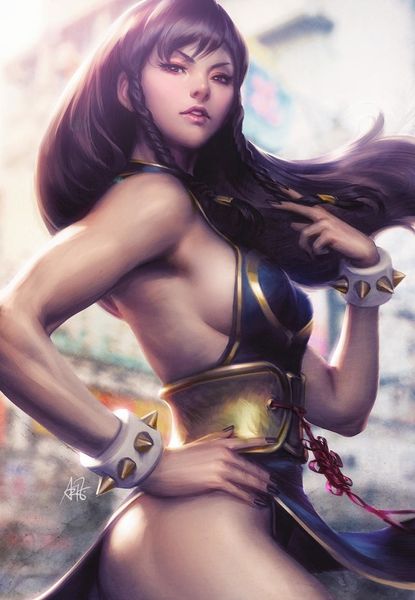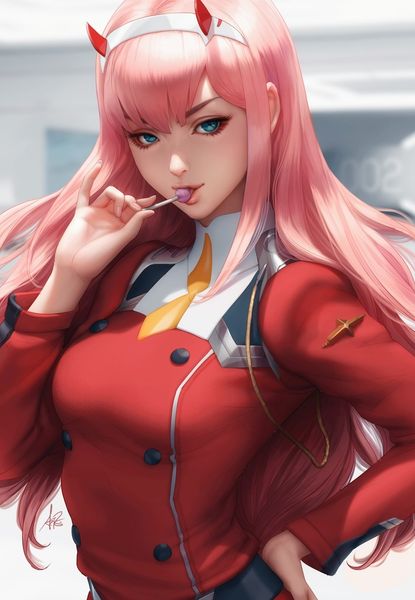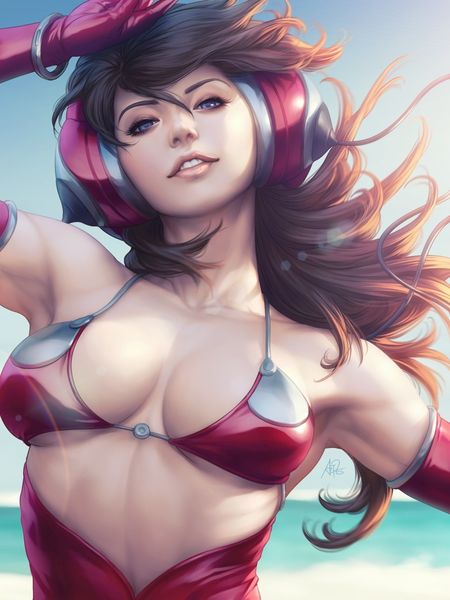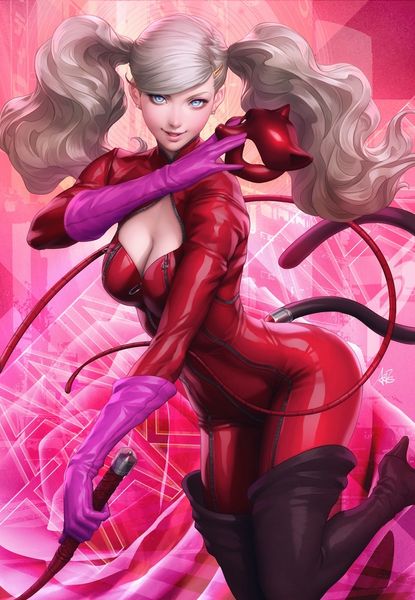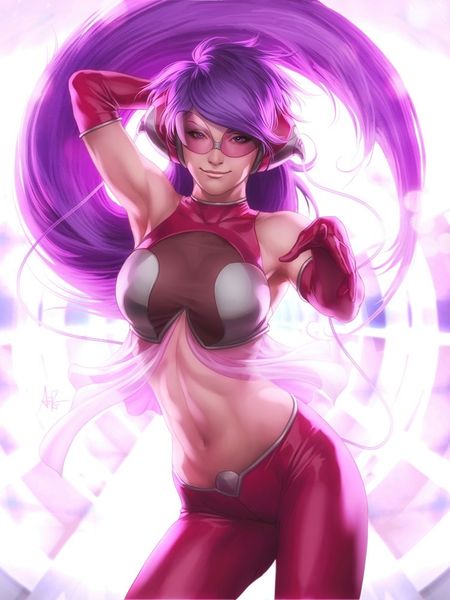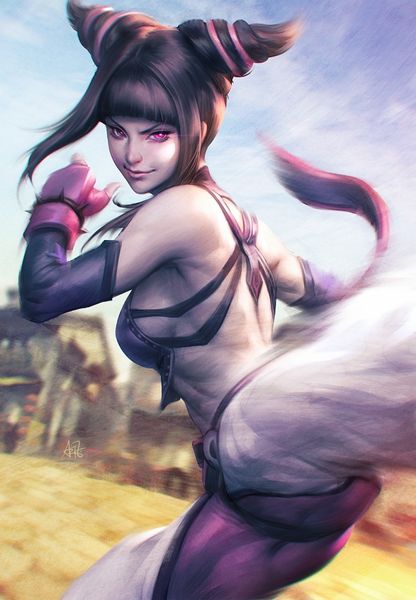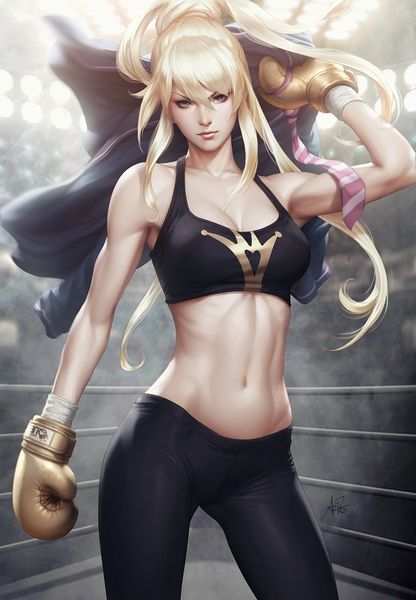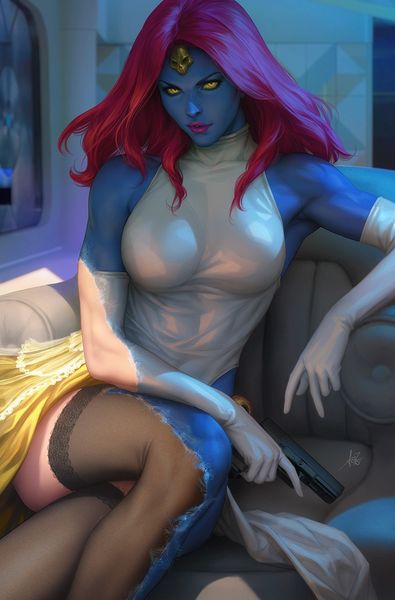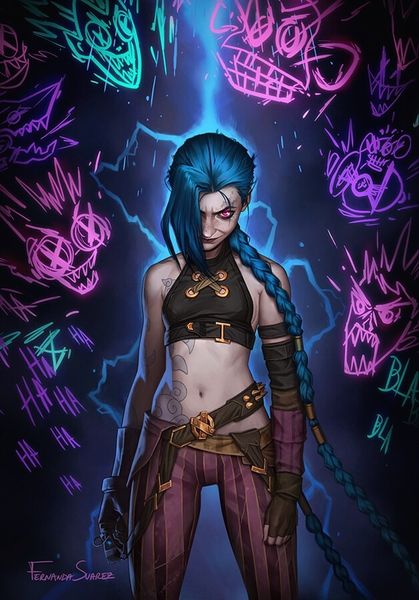
#
portrait
#
graffiti
#
graffiti art
#
street art
#
figuration
#
mural art
#
street graffiti
#
colourful imagery
Copyright: Modern Artists: Artvee
Curator: At first glance, I notice the hyperrealistic detail on Harley Quinn's outfit—the fishnet stockings, the "Daddy's Lil Monster" shirt, the metallic accents... Editor: Yes, Artgerm’s "Harley Suicide Squad" certainly has a visceral impact. There is this unapologetic attitude that grabs your attention. Curator: Absolutely. I’m interested in the way the materials construct the figure—the textures suggest rebellion and a sort of violent vulnerability, with the softness of the skin against those harsh accessories. It really challenges any kind of clear boundary of femininity. The processes employed must include both digital painting techniques, as well as some more analogue inspirations coming from comic book illustrations and even airbrushing on automobiles. Editor: Exactly, and that’s crucial. She’s sexualized, yes, but that’s deliberately complicated by the juxtaposition of traditionally feminine aesthetics—pastel hair, makeup—against hyperviolence and chaos. This embodies, quite literally, a negotiation of identity politics within a patriarchal system, nodding at feminism through a self-aware deployment of familiar iconography. There is this tension—a simultaneous resistance to and appropriation of, traditional patriarchal ideas of beauty and sexuality. Curator: Interesting point. Her construction involves a lot of synthetic and heavily processed materials as well. From what can be seen in her attire and armament, how would this speak to issues like cultural consumption, commercialisation of female characters, and potentially labour ethics concerning where her products are manufactured and marketed? The backdrop itself seems constructed to represent the idea of "street art". It is this a representation of graffiti or perhaps even a commentary on that art form? Editor: I think the background, blending graffiti and her form, really puts forward how her identity has been claimed and reclamed as a counter-narrative against traditionally misogynistic readings of women in comics. She breaks out from the walls both literally and figuratively. Curator: I can definitely agree. Overall, I’m left with an uncomfortable awareness of how Harley Quinn is marketed versus what her existence can offer through both the image construction and means through which it comes into our cultural sphere. Editor: Yes, seeing it like this makes me reconsider the ways that marginalized identities engage with visual media and what avenues remain for artists depicting diverse groups of individuals beyond mere fetishization or passive stereotype reinforcement.
Comments
No comments
Be the first to comment and join the conversation on the ultimate creative platform.
